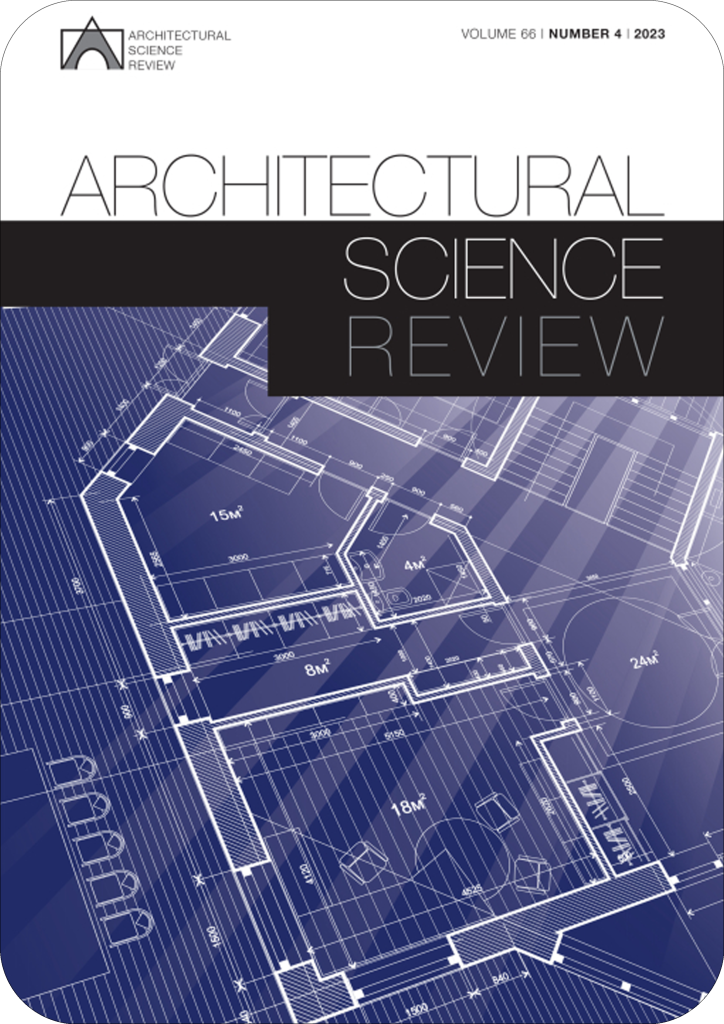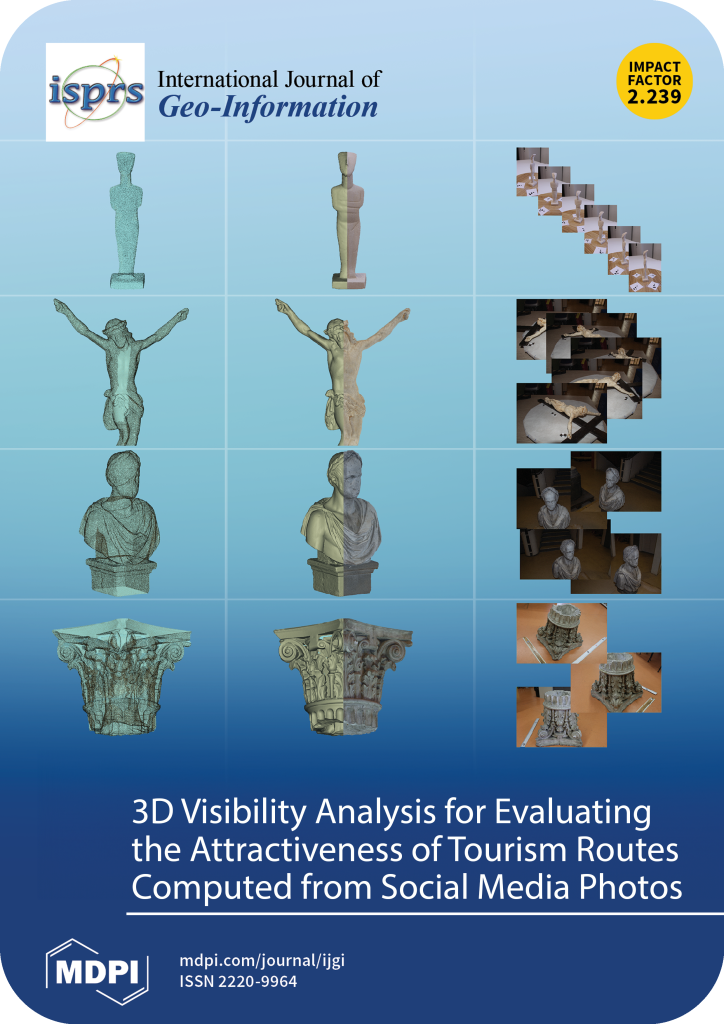
Abstract: Wayfinding capabilities stem from interactions between cognitive processes and environmental elements. Previous studies that have attempted to improve human wayfinding by architectural designs mainly focused on environmental cues for supporting landmark-based navigation. The current study, however, tests whether wayfinding can be improved by strengthening route learning. We hypothesized that relying on route-target associations is easier if each target is accessed via a specific route, rather than through several alternative paths. Accordingly, we predicted that in a star-shaped design of pathways in which the center of the star serves as the origin of the routes and the arms of the star host the destinations, it would be easier to form route-target associations, than in pathway configurations in the shape of a grid, wherein each target can be accessed via several paths. Furthermore, as older adults show selective impairments in landmark-based navigation, and tend to over-rely on route strategies, we hypothesized that star-shaped configurations will particularly support wayfinding in older adults. To test these hypotheses, younger (n = 68) and older (n = 60) adults performed a virtual-navigation task in an environment comprised of either a “grid” or “star” configuration of pathways. Our findings indicate that wayfinding performance in older adults was inferior to that of younger adults, regardless of the design. Yet, navigational performance in the star-shaped condition was better compared to the grid-shaped design, in both age-groups, proposing that star-shaped configurations of pathways strengthen route-based navigation. The findings therefore suggest that wayfinding could be improved through architectural designs that strengthen route-learning.
...
More Papers



